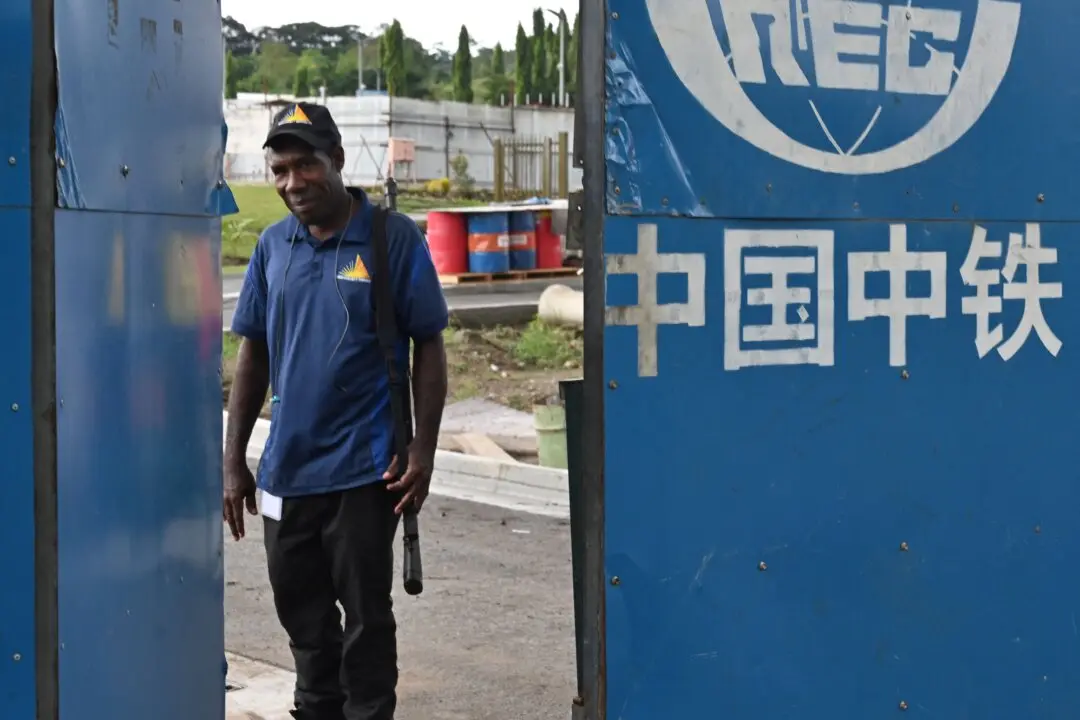Irish singer and political activist Bob Geldof has questioned claims that the 2032 Olympic Games will be “climate positive” and green.
“I take the point that you’ve still got to extract minerals to get to a green policy: it seems odd and contradictory, but there you go,” he said in an interview with Queensland State Premier Annastacia Palaszczuk on the new radio station Disrupt Radio.





